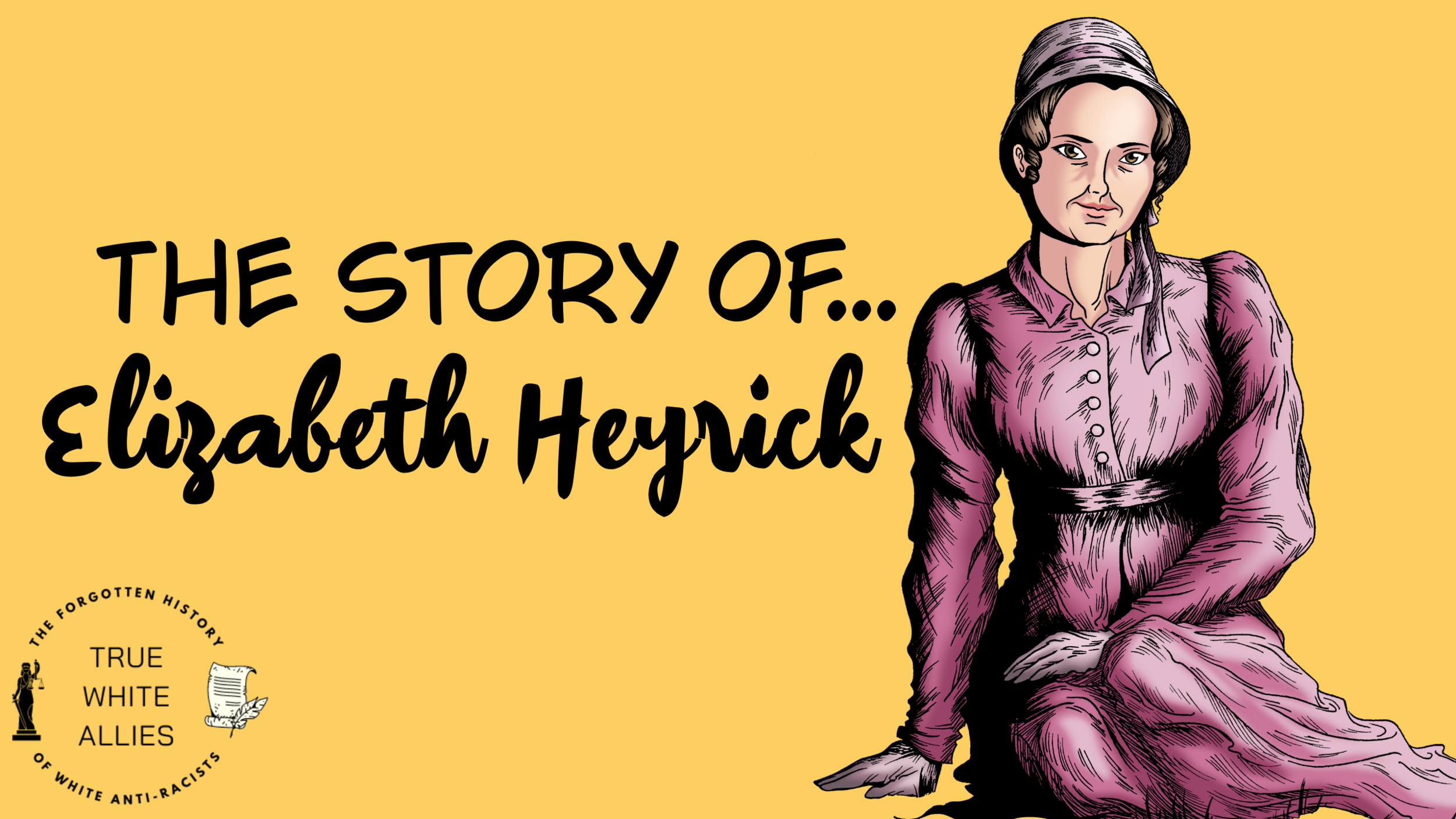The Story of William Walling
Can He Teach Us To Be Anti-racist In The Workplace?
Have you ever wondered how to be an ally in the workplace? If you’re unsure, it helps to look for role models, and today, we’re talking about William English Walling. He’s just one of many examples of allies in everyday life throughout history. Unfortunately, sometimes their stories have been buried or forgotten, so we’re uncovering Walling’s story to inspire you to take action today.
But first…
Who was William Walling (and can he teach us how to be anti-racist at work)?
William English Walling was born to a family of former enslavers in Louisville, Kentucky, in 1877. That’s just over a decade after the Civil War, in which Confederate Kentucky had fought to maintain slavery. His grandfather, William Hayden English, even ran as a Democrat for vice president in 1880 – this was when the party was still openly racist and pro-slavery.
However, even though Walling came from extreme wealth and didn’t need to work, he chose to live amongst lower-income people to learn more about their plight.
Walling was always interested in fairness and equality, recognizing that people were discriminated against based on race, gender, and class. A passionate Republican Socialist, he helped found America’s National Women's Trade Union League in 1903. He believed strongly in labor laws and advocated tirelessly for the working classes and poor, earning the nickname “The Millionaire Socialist.”
William Walling Helped Found the NAACP
In 1908, he and his wife Anna investigated the Springfield Race Riots for a newspaper article. During this riot, an angry mob of white people attacked their Black neighbors. The horror began when the local sheriff relocated two Black rape and murder suspects to protect them from being lynched by the crowds. However, locals were convinced that the suspects were getting off scot-free and decided to exact revenge on Black neighborhoods.
At least 16 people died during the riots, and dozens of homes and businesses were destroyed, causing nearly 3 million USD damage. Since this happened in Illinois, the ‘Land of Lincoln,” it was a sobering incident for white Northerners who thought of racism as solely a Southern problem. Eventually, the white rape accuser admitted that she had lied about the entire thing.
Walling was horrified at the riot’s aftermath, and he wrote about his feelings in a newspaper article titled “The Race War in the North,” calling for white allies to defend the rights of Black Americans. This article was a rallying cry for Walling and an interracial group of activists (including W. E. B. Du Bois, Mary White Ovington, and Ida B. Wells). They soon founded the National Association for the Advancement of Colored People, now known as the NAACP. Their mission statement remains the same today: "to ensure the political, educational, social, and economic equality of rights of all persons and to eliminate racial hatred and racial discrimination."
(It’s important to note that the term “coloured” is no longer an acceptable way to refer to anyone. However, it was at the time, and since it has a rich history and is meaningful to the organization, the name remains unchanged.)
How was William Walling a True White Ally?
You don’t often hear more about William Walling simply because he wasn’t the type of person who sought praise for his civil rights work. Instead, he knew how to be a true white ally and anti-racist at work without seeking accolades.
Let’s put it this way – he was a rich and handsome young man who didn’t have to care for people less fortunate than him. Yet that’s precisely what he did – and he didn’t seek a pat on the back.
Quick Takeaways – How to Follow William Walling’s Example
Don’t seek accolades for being anti-racist – If you’ve worked hard to learn how to be an ally in the workplace, you might be tempted to seek praise for your efforts. But this defeats the whole point. Remember what W.E.B. Dubois said in a letter to Walling: “Personally, I know perfectly well that you are the real founder of the organization,” but he never took credit or flaunted his role.
Call out racist rationalizations - In his influential article, Walling explained how the Springfield mob looked for ‘mitigating circumstances’ to justify their racist violence. Today, when racist people are violent to Black people, they often rationalize their behavior with excuses that they were ‘afraid for their lives.’ Call this out and challenge these kinds of rationalizations whenever you hear them.
Use your privilege to help others – If you’re in a senior position, use your white privilege to sponsor or mentor Black and Brown people in the workplace to help them reach their goals. You could do this by supporting an employee resource group – but remember, a true white ally doesn’t call themselves an ally! That’s a label you earn and that others give you when you selflessly do the right thing.
Do you want to learn more about how to be an ally for diversity and inclusion? Click here to learn how you can join us on our mission to be anti-racist in the workplace.



